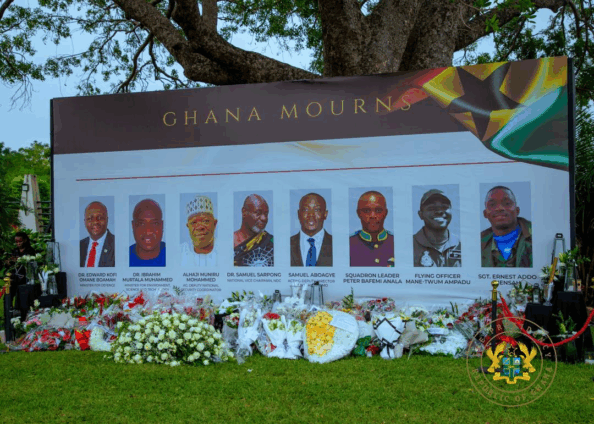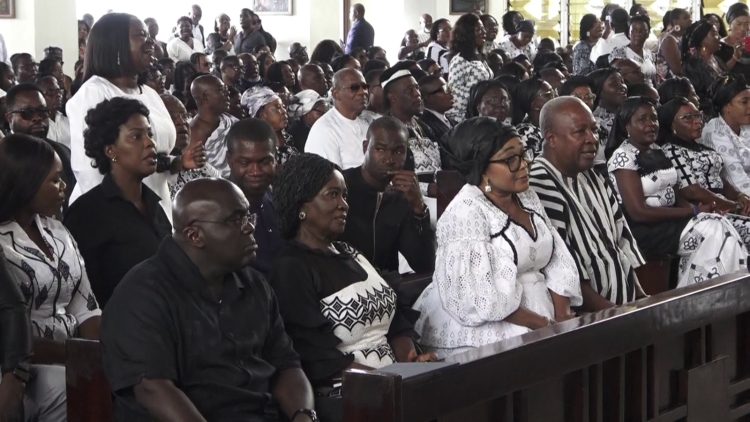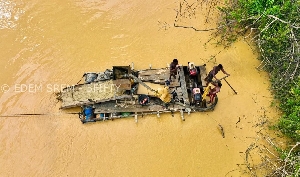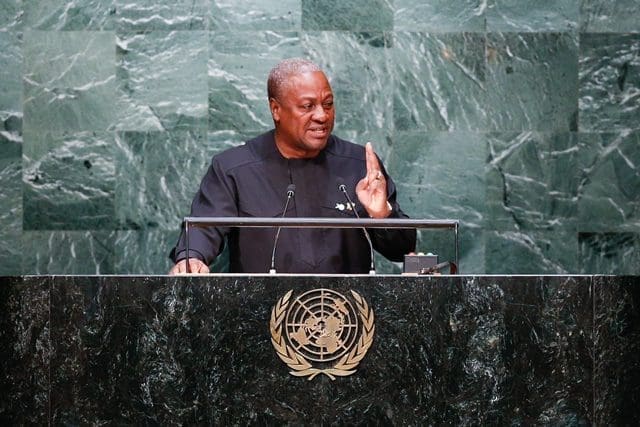A forensic analyst has defended the Ghana Armed Forces' decision to transport the charred remains of helicopter crash victims in cocoa sacks, calling the practice consistent with global disaster response protocols under extreme conditions.
The August 6 crash, which killed eight—including three military personnel—sparked national outcry after videos surfaced online showing human remains being moved in what appeared to be ordinary cocoa sacks. Critics viewed the method as undignified and symptomatic of logistical failings.
But forensic medical scientist and security intelligence researcher Lawrence Kofi Acheampong said the decision aligned with acceptable disaster management principles, especially when standard equipment is rendered ineffective.
“When remains are extensively burned, standard body bags can disintegrate or fail to contain the remains properly,” Acheampong said Saturday during an appearance on Channel One TV. “Every disaster presents its own unique context, and procedures must be adapted accordingly.”
The Ghana Armed Forces had earlier addressed the backlash in an August 13 statement, denying that body bags were unavailable. The military said the condition of the remains made conventional transport methods impractical and that sacks were used as an alternative to preserve the integrity of the remains during recovery.
Mr. Acheampong elaborated that the procedure used may fall under what is known in forensic recovery as a “wet transfer,” a technique often used when transporting decomposed or severely damaged remains over longer distances.
“It’s a legitimate approach under these circumstances,” he noted. “However, it must be done with adequate safeguards against decomposition and with full regard for cultural and religious sensitivities.”
While the GAF maintains that its actions were necessitated by the exigencies of the scene, the incident has renewed debate about the state of Ghana’s disaster preparedness and emergency response infrastructure.
Mr.Acheampong’s remarks provide a rare technical lens on a controversy that has drawn emotional public reaction, placing the military’s actions within a broader framework of international disaster response standards—where improvisation, though not ideal, is sometimes necessary.











